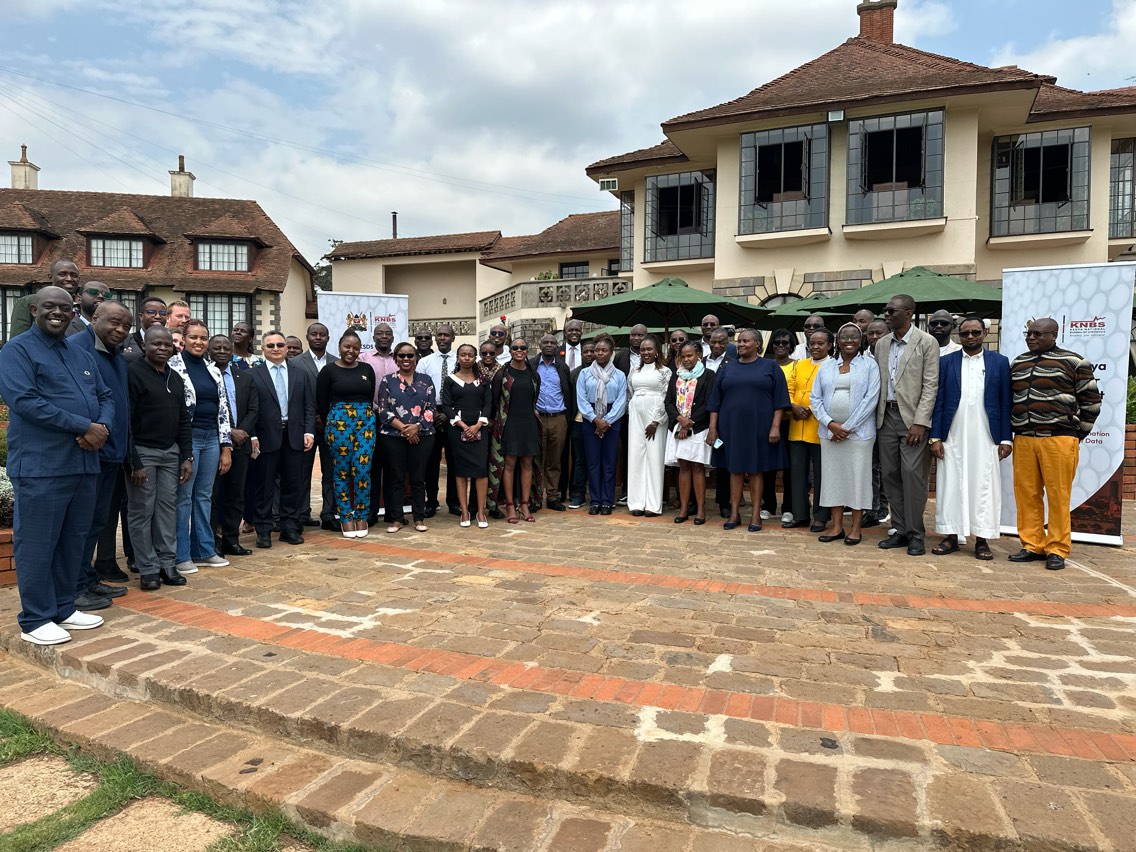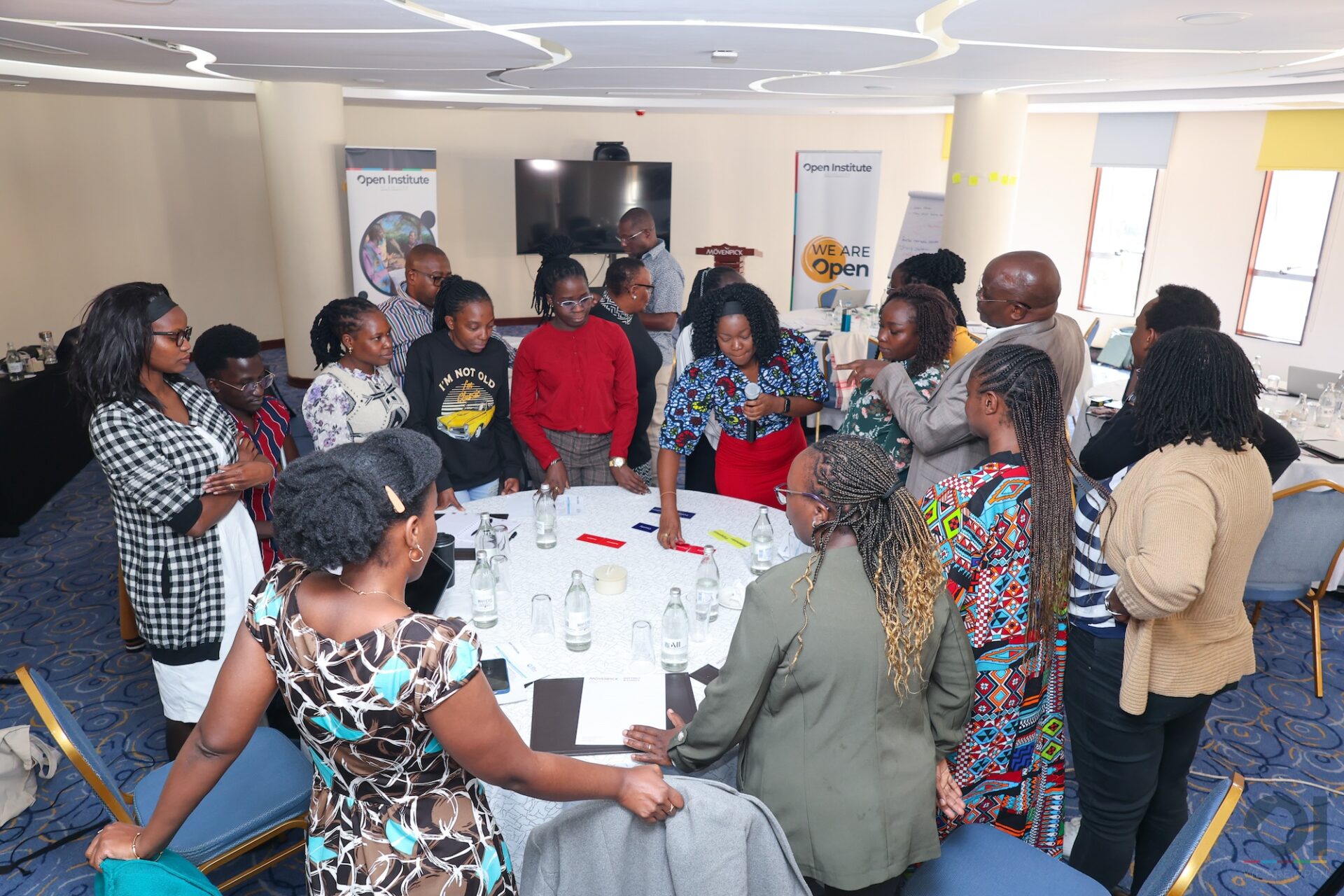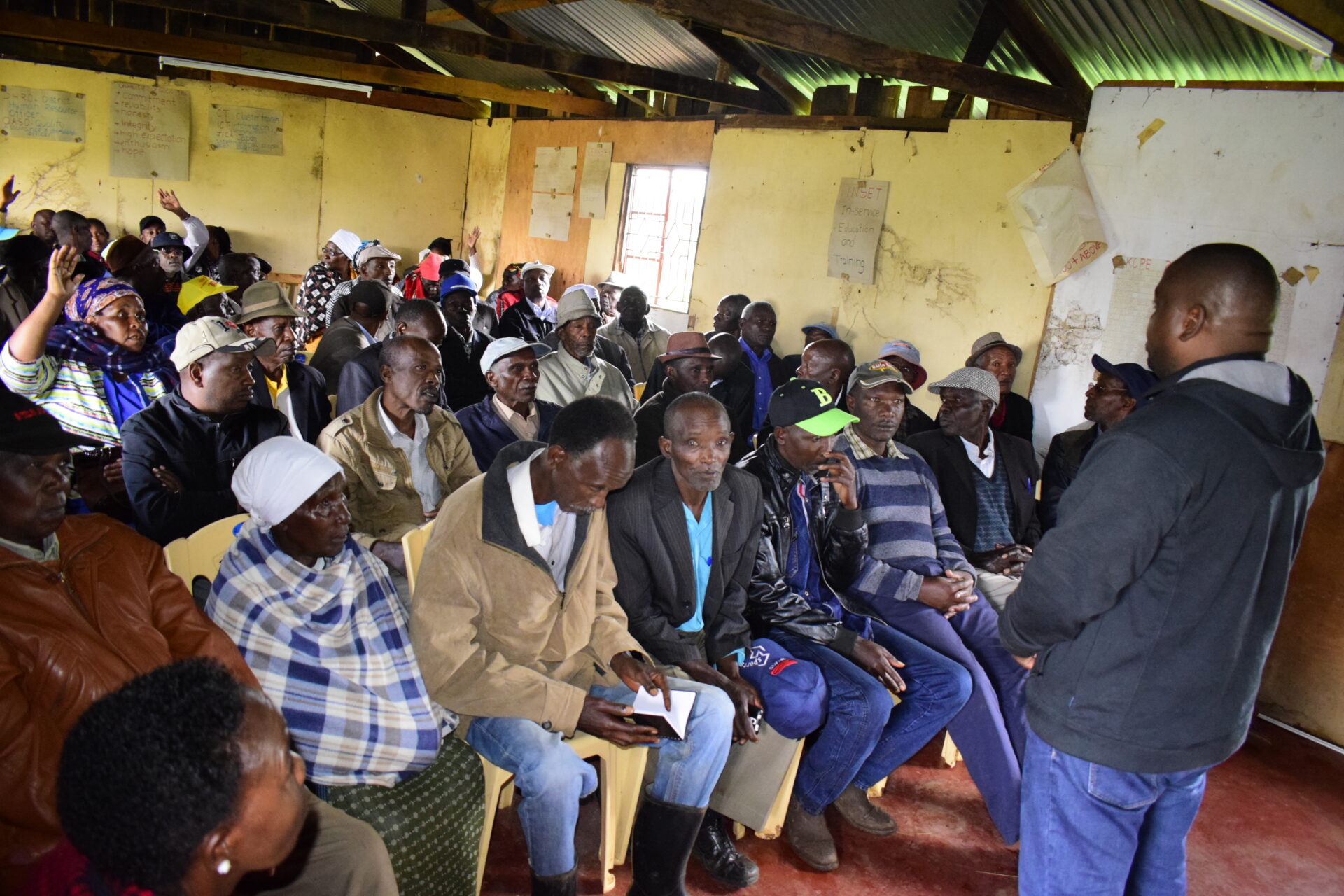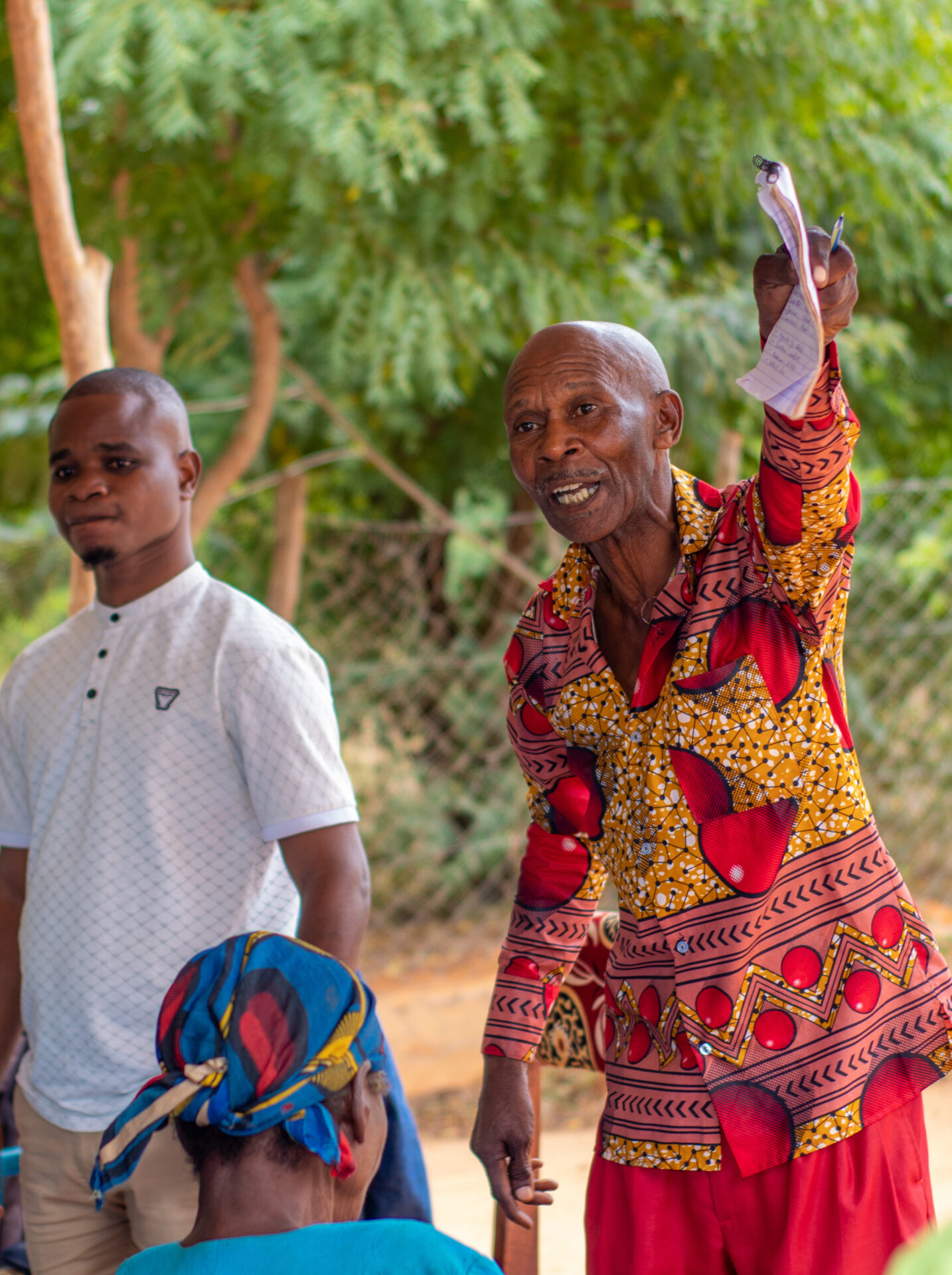It is no secret that we live in a data-driven world. Everyday, quintillions of data are generated and utilised by Big Data and private sector companies, who weave data analytics into their operations in order to deliver value and target their customers. Governments hold more data now than ever, and by harnessing the power of data analytics, data usage at the national and subnational government level can then lead to better outcomes, allowing governments to better meet their objectives and meet their citizens’ needs.
Governments hold more data now than ever, and by harnessing the power of data analytics, data usage can lead to better outcomes.
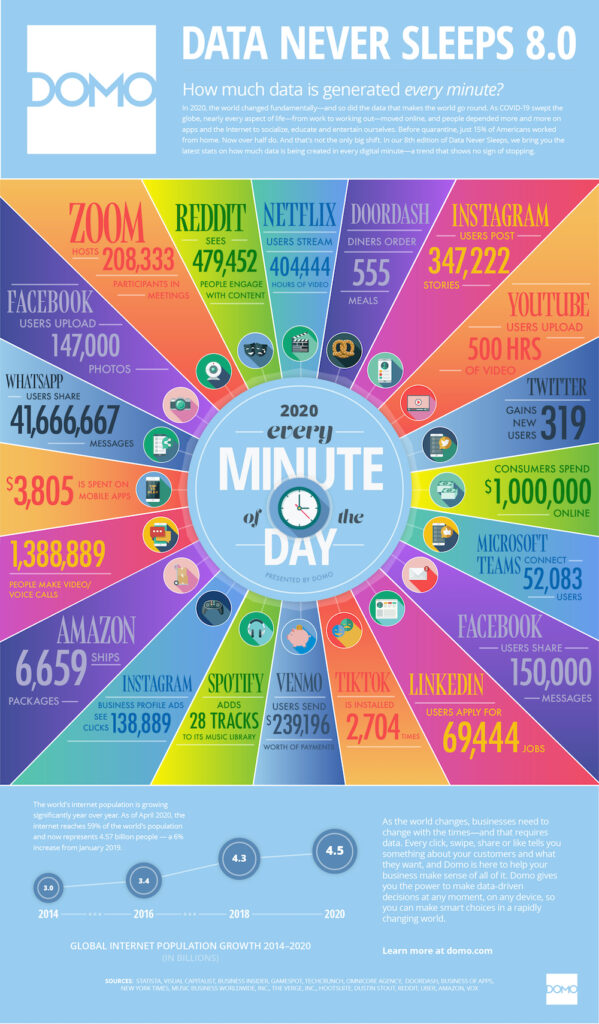
The extent to which a county is able to utilise its data to extract meaningful insights that drive decision-making is referred to as data maturity. It can also be referred to as the readiness, understanding and skills of the county to manage different stages within the data value chain. The process of assessing data maturity seeks to understand the current data practices and how they can be improved, in order to increase efficiency and effectiveness of planning and implementation of using evidence and data that matters.
The Open Institute, in collaboration with Qhala is conducting a survey on the data maturity assessment and readiness within the 10 counties taking part in the Data Leaders Fellowship Programme that is currently underway. The baseline study will determine the level and rate at which data is collected, stored, monitored and utilized in counties. The study will also establish the pre-intervention status of each county and guide in planning and strategic decision-making.
Through this survey, we are targeting senior county officers – particularly those conversant with monitoring and evaluation (M&E) processes – within the Health, Education (ECD/TVET) and Agriculture Departments in the following counties; Samburu, Makueni, Nairobi, Kilifi, Mandera, West Pokot, Nandi, Nakuru, Isiolo and Turkana. These counties are also the ones represented by our data fellows in the ongoing data leaders fellowship programme, and we plan to go deeper with the fellows in understanding where their counties are at during the upcoming mid-term workshop on 29th September 2021.

The data maturity assessment toolkit provides a framework that assesses the data ecosystem. It incorporates a Data Quality Assessment to provide an objective view of the quality and availability of data, with reference to globally accepted benchmarks. The toolkit will help identify enablers, any dependencies, practices, and norms across the data value chain: from identification and collection, through management and dissemination, right up to utilization and analysis.
We started off with Nairobi County, then conducted the assessment in Mandera County virtually, due to the distance. Currently, the team is in Samburu County, which will be closely followed by Makueni and the remaining Counties. At the end of the assessment, the county government will be presented with a summary of its key gap areas by themes (Governance, Health, Education and Agriculture), along with a portfolio of resources that could be used to address these gaps. This is intended to help county governments identify areas for prioritization of resources, which will create the maximum impact on their data ecosystems maturity.
The assessment follows the schematic provided below:

Finally, we will work with Qhala to develop a report based on the findings. As we go along we are gaining useful insights and we are looking forward to sharing them when we are done! Be sure to follow the conversation on our blog and social media handles.





